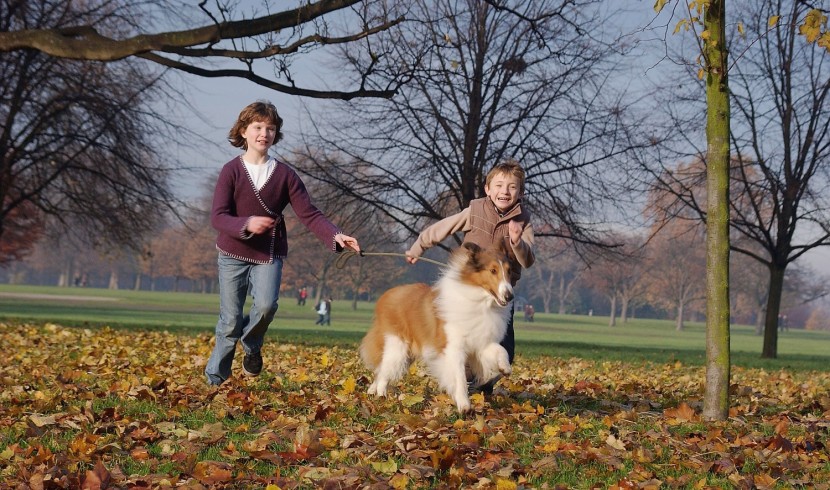In a study conducted by Australian researchers, a compelling link has been established between family dogs and a significant surge in physical activity among younger children, with the impact being particularly pronounced in young girls.
These findings, published in the International Journal of Behavioral Nutrition and Physical Activity, shed light on the dynamic relationship between dog ownership and children's physical activity levels.
The study also adds to a growing body of research exploring the multifaceted ways in which dogs contribute to improved health outcomes, not just for children but for individuals of all ages.
Increase in Kids' Physical Activity

Over a three-year period, the researchers monitored 600 children from the preschool age group, utilizing advanced monitors to measure the speed, duration, and intensity of their physical activities.
Additionally, parents were surveyed regarding their children's activities and the presence of a family dog. The results indicate a noteworthy correlation between dog ownership and increased physical activity in children, with the effect being most prominent among girls.
Lead researcher Emma Adams from Telethon Kids Institute, Australia, expressed the significance of the study's findings.
"What these results show is that dog ownership can have a positive influence on children's physical activity and that we start to see those benefits from early childhood," Adams said.
Both young girls and boys who acquired a dog throughout the study witnessed a boost in their unstructured physical activity, encompassing activities like walking and cycling for transport or leisure, playing in the yard, and engaging in walks and playtime with the dog.
The study found that adding a dog to the household led to young girls engaging in light-intensity physical activity for an average of 52 minutes more per day - a substantial and potentially impactful difference in their overall health and well-being.
Conversely, the research revealed that girls who experienced the loss of a family dog during the research period witnessed a notable decline in their daily light-intensity physical activity, plummeting by an average of 62 minutes a day.
For girls, the reduction was notable at 10.2 sessions a week, while boys saw a decrease of 7.7 sessions a week.
Importance of Physical Activity in Childhood
Adams highlighted the importance of regular physical activity in early childhood, emphasizing its crucial role in children's physical, and mental health, and overall development. She pointed out that a significant number of children and adolescents fail to meet recommended daily activity levels.
According to the researcher, the study's findings suggest that having a dog in the family may contribute to fostering healthy movement behaviors in children, potentially lowering their short- and long-term risks of chronic diseases.
While extensive research links dog ownership to health benefits in adults, the evidence concerning the positive effects of dogs on children is expanding.
The study suggests that for dog lovers, the decision to welcome a furry friend into the family may yield multiple health benefits. However, the researchers also acknowledged the substantial responsibility associated with owning a dog.
"It's important to note that we're not telling families to just go out and get a dog - having a dog comes with many responsibilities and won't be right for everyone," Adams emphasized.
© 2026 HNGN, All rights reserved. Do not reproduce without permission.








